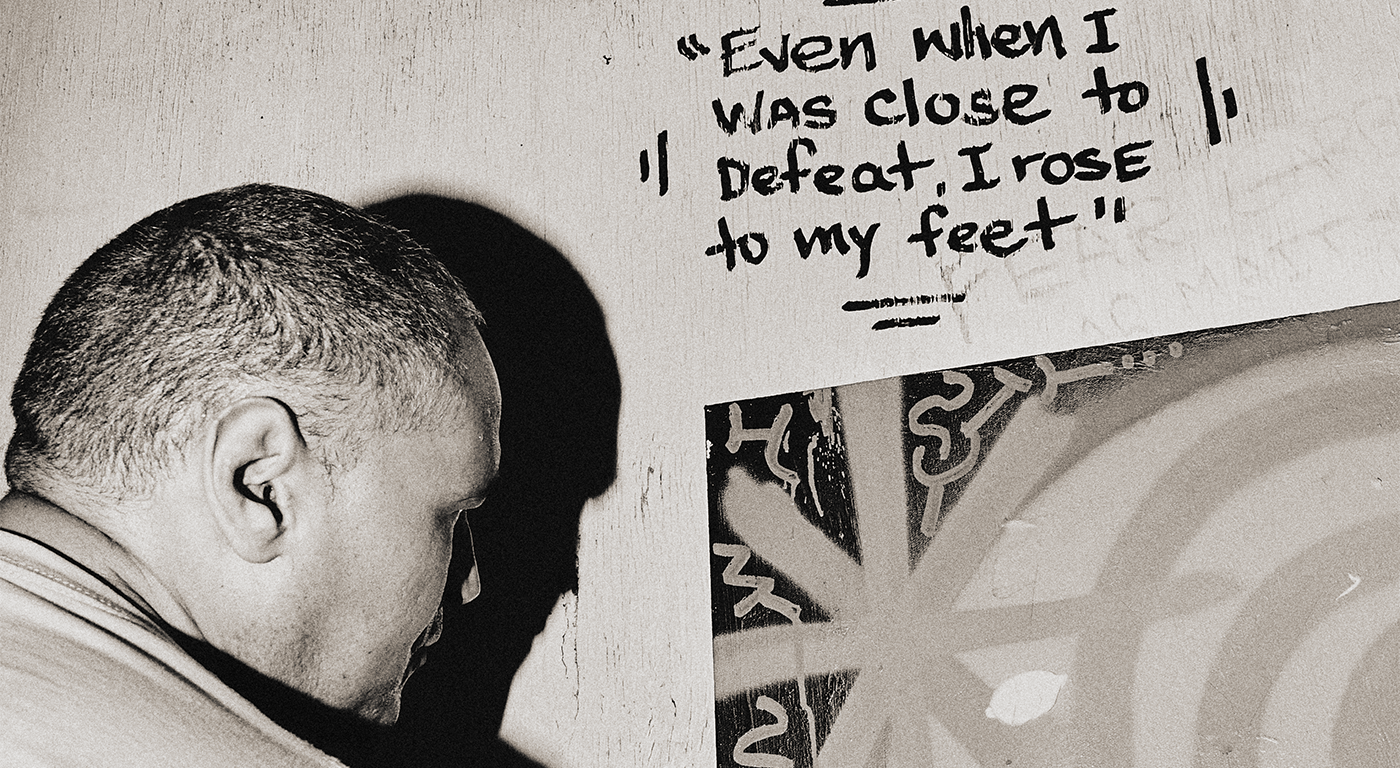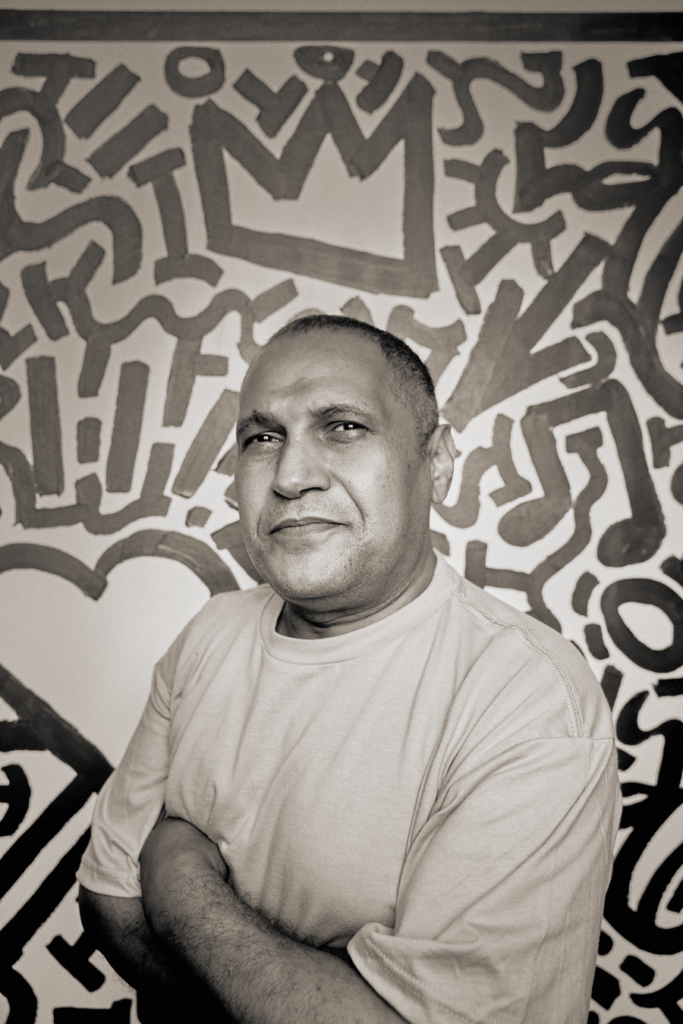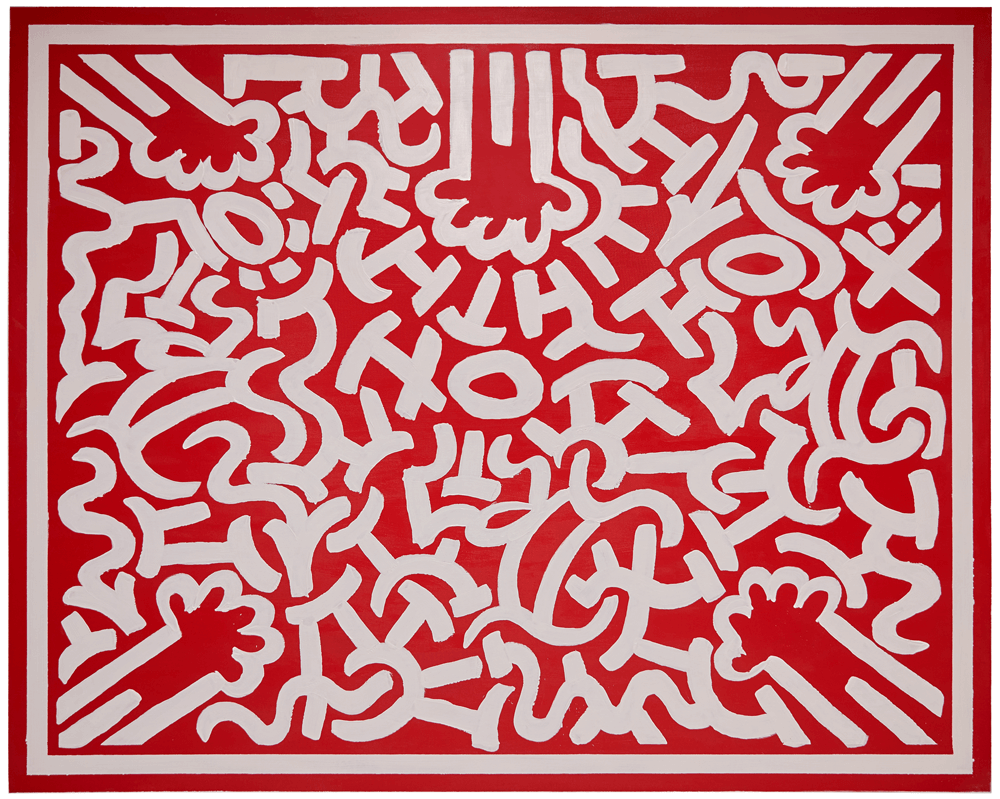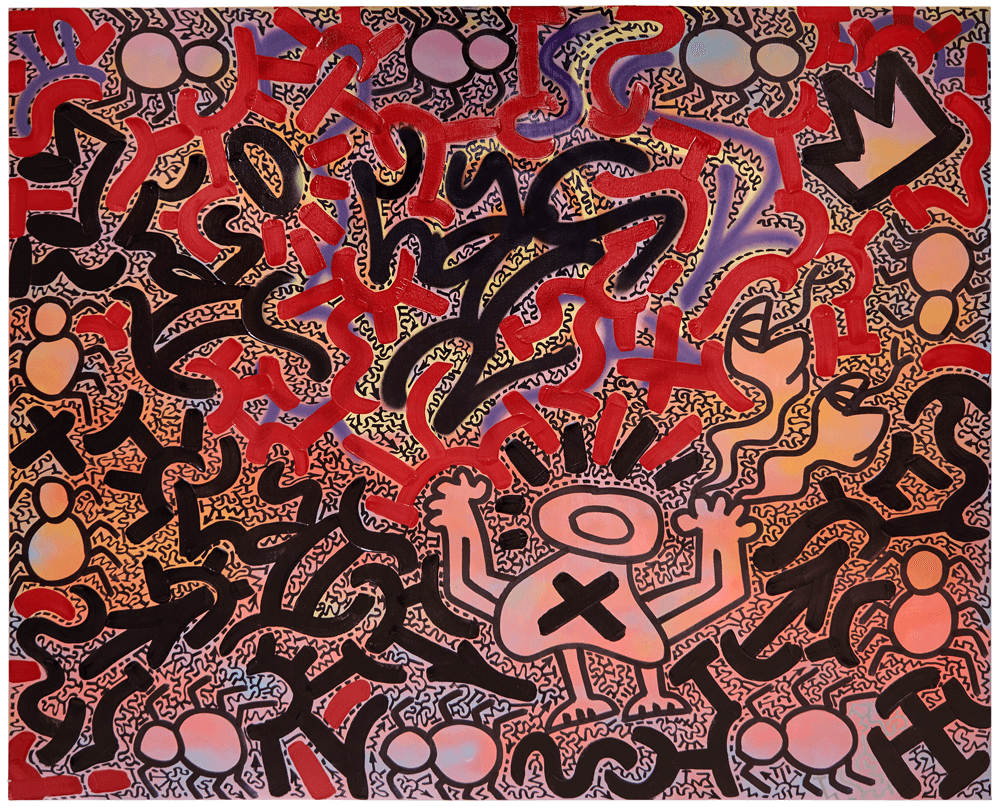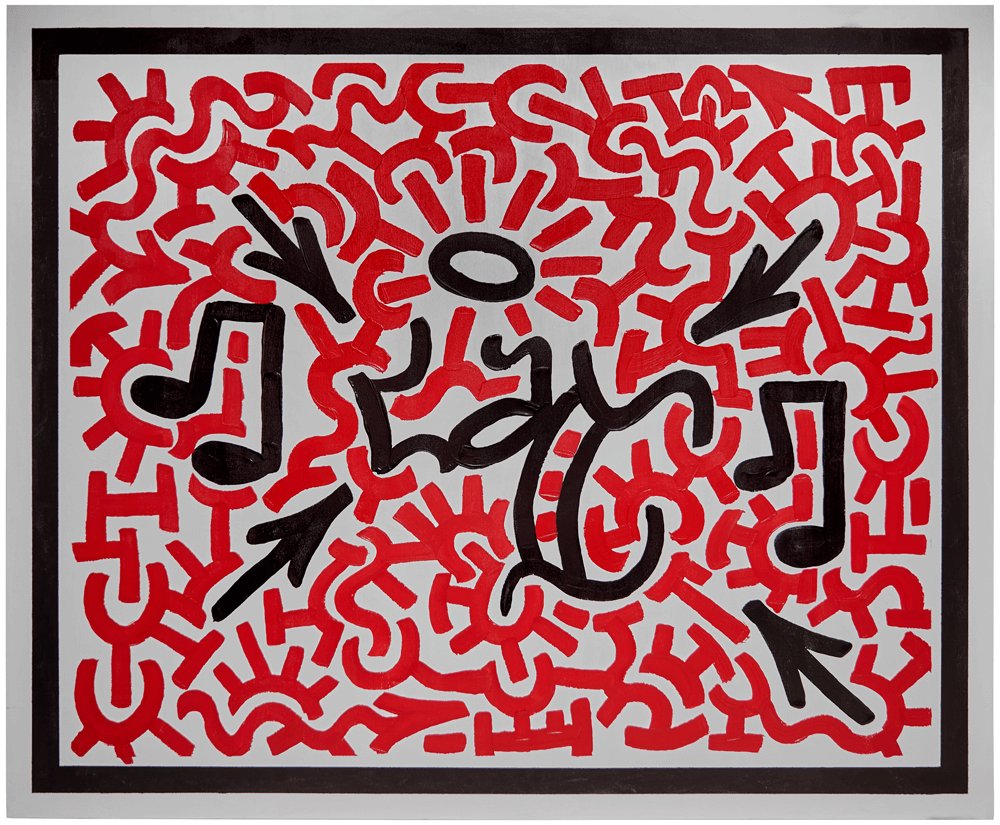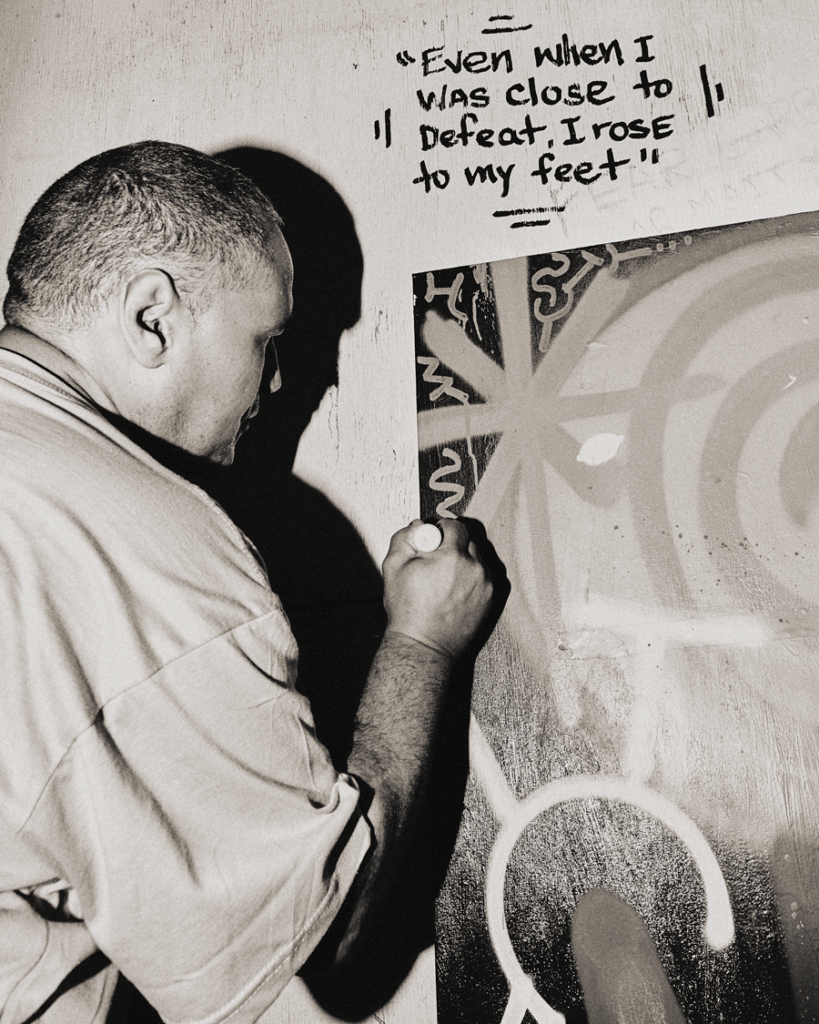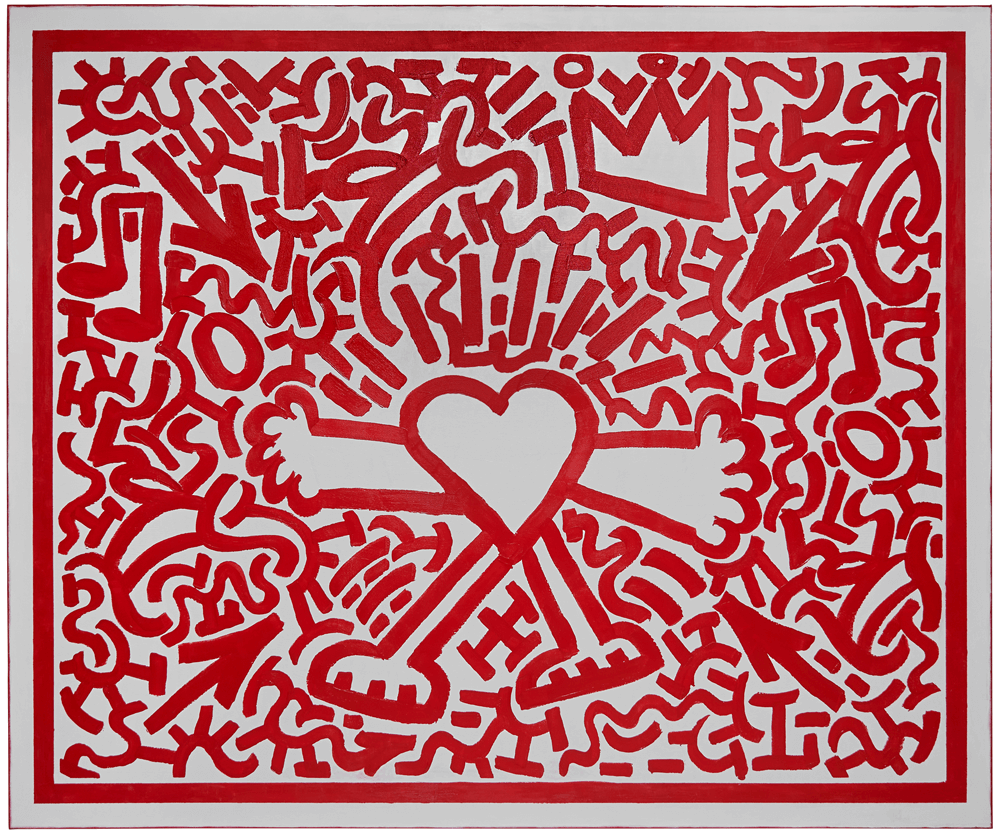The Street art we know today was commonly referred to as Graffiti, a cultural movement which started in New York City during the late seventies when tags first appeared on the city’s walls and subways. The art of Tagging is writing one’s name or nickname on a surface, eventually becoming associated with street gangs as a way for them to show their presence in an area or claim it as their own. However, there were specific codes to abide by, and Tagging over someone else’s tag was sacrilegious, often resulting in violent retaliation for the accused.
But Graffiti was more than a signifier of gang affiliation and criminal activity for the youth coming of age in this era – it gave them a voice and an outlet to flaunt their creativity. It was a vessel to express their frustrations about society and their position in it. Critics may have shunned its emergence and avoid its appreciation, yet its creation can be just as challenging and rewarding as any other art form, and the results can be just as beautiful.
I wanted to make something of myself and felt a divine intervention that creating art was my only path.
Angel Ortiz (LA II)
By the early 1980s, the Graffiti movement, which was deemed “not art” by the establishment, had transitioned with the help of Diego Cortez’s “New York/New Wave” exhibition in 1981, which was a turning point for the movement. The exhibition provided a platform for artists such as Jean-Michel Basquiat, Fab Five Freddy, Futura 2000, Kenny Scharf, Keith Haring and others who cemented Graffiti as a legitimate art form. Graffiti had penetrated the realm of contemporary art, propelling it from the streets to the echelons of the white wall temples known as art galleries with a price tag to match.
This iconic moment in art history was the starting point for numerous well-known graffiti artists, including Angel Ortiz, also known as (LA II). Ortiz is known for his street hieroglyphics and his work with Keith Haring. Ortiz rose to prominence in the 80s when Haring saw his “Little Angel” tag on a New York City street and invited him to collaborate. Ortiz introduced Haring to New York’s flourishing street art scene through The Non-Stoppers (TNS) – the most prominent Graffiti crew on the Lower East Side of New York. Side by side, Ortiz and Haring created some of the most memorable and influential artworks of our time, which are highly sought after by collectors and art enthusiasts alike.
After a long hiatus LA II is back with a highly anticipated exhibition, “King of Hearts” at London’s D’Stassi Art, which showcases thirty new works inspired by his past collaborations while looking ahead to the future, combining techniques that started in the 1980s, merging aerosol paint, ink marker, and paint.
“King of Hearts” is a reference to leaving the past behind whilst standing still in the present and an ode to LA II that allows him to recognise his achievements as one of the youngest artists ever exhibited at the MOMA, Whitney, and Guggenheim in New York. Only a handful of artists remain from the symbolic 1980s, with stories untold and much of their work either unseen or locked away in private collections, and LA II is one of them. In this interview, Ortiz gives us a glimpse into his life with art, his relationship with Haring, 1980s New York and his new exhibition.
LA II vibrant and expressive body of work is a must-see for anyone who wants to quench their Graffiti thirst. “King of Hearts” is on until 28 October 2022 at D’Stassi Art.
Q: Hi Angel! How are you doing? Thank you for taking the time to speak with us. Can you please introduce yourself for those who do not know you?
Angel Ortiz (LA II): My name is Angel “LA2” Ortiz. I’m an artist from the Lower East Side of Manhattan. I was part of a graffiti crew from the 1980s called TNS, which stands for The Non-Stoppers, and we were one of the most prolific tagging crews in the city back in the day.
Q: You started early with art by creating Graffiti from the age of 10 in the mid-1970s in New York’s Lower East Side under the moniker LA2. Can you tell us more about your experience with Graffiti art, how it has played a role in your life, and what triggered your interest in this type of art at such a young age?
Angel Ortiz (LA II): There were few career choices for kids from the projects, and I started creating art as a survival mechanism. The streets have a way of gobbling people up, and I did not want to become another statistic. I wanted to make something of myself and felt a divine intervention that creating art was my only path.
Graffiti is the purest art form that conveys a message of what the average person is thinking. I never got into politics or blasted how I felt in a public way. I really just focused on tagging the streets with my name in the typical Wild Style font of the ’80s.
Q: You go under the Graff tag LA II or LA2, which means “Little Angel”. Can you tell us why you chose to use this as your tag, the essence behind LA II, and what it means to you?
Angel Ortiz (LA II): I took inspiration from the older kids in my neighbourhood and saw how they were tagging the trains and modified my tag to incorporate the arrows that were so prevalent. I knew there was only one LA and that was in California, so I decided to be LA2 and differentiate myself from the state.
Q: Your work has a distinct look to it – canvases filled with densely packed graffiti squiggles and symbols. Could you tell me more about how you developed this style and what the squiggles and symbols represent?
Angel Ortiz (LA II): The symbols and squiggles, which some have described as street hieroglyphics or calligraffiti, were developed by me in the early 80s when I was about 14. It was a way of doing fill-ins on the streets and in the studio. Most of us were putting arrows around our tags to highlight them, but I wanted to be a little different and stand out from the crowd in my tags, so I took the arrows, attached them to my tag and then elongated them a bit, and it started to look like a dragon’s tail, and I thought it looked cool.
Q: You and Keith were close friends and collaborators. You travelled the world with him, contributing to many of his well-known installation paintings by filling the spaces between Haring’s lines with your trademark squiggles and symbols, although you made a significant contribution. It is often expressed you are overlooked within art history, particularly when considering Haring’s legacy. Can you tell us your thoughts on this and how you feel about this situation?
Angel Ortiz (LA II): I have never said a bad word about Keith and never will. I respect him as a friend and collaborator. I have definitely had issues with the Foundation / Estate in the past, but I hope that is in the past and the future will bring peace and a mutual understanding between them and me.
I wish race did not play a part in how the art elite looks upon Keith and me, but unfortunately, it did. I truly believe that if I was the white guy from the suburbs of Pennsylvania, the art history books would tell a completely different story.
The good news is that attitudes towards the marginalized seem to have changed over the past few years in all aspects of society, and hopefully, that will translate into the proper artistic recognition I feel I deserve and have earned throughout the past 42 years of creating my unique art.
Q: Without permission, you famously tagged your name in a restored Keith Haring outdoor mural. Can you tell me more about this and why you did it?
Angel Ortiz (LA II): I did take the liberty of tagging up 1/2 the Bowery Wall when they did a tribute piece for Keith for the anniversary of him painting it. My only regret is that I was not taller or didn’t have a ladder, so I could have tagged up the entire wall. Keith would have loved it !!!!!
Q: You’ve had a few personal situations which resulted in a few run-ins with the law over the years. Did these experiences have any effect on your practice, and how do you manage to stay focused and keep creating art?
Angel Ortiz (LA II): I am definitely no Saint and have done some self-destructive things in the past. The last time I was arrested was six years ago for graffiti. I have never been arrested for anything to do with violence and have changed my life around completely the past few years. I am a deeply religious person who attends church and prides myself on being a pacifist who wants to make art and do my thing. I am not looking for any trouble.
Q: Your new exhibition, King of Hearts, at D’STASSI ART is your first exhibition in the UK in over 40 years, featuring a new body of work reimagining some of your past work and taking its meaning into a new direction. Can you tell us more about this new body of work, what visitors can expect to experience and the direction you are going with these new works?
Angel Ortiz (LA II): I am very excited about my Solo Show at D’Stassi. The D’Stassi team knows how to make an artist feel welcome, and they are the consummate professionals. All I had to do was create the art, and they did everything else. They deeply understand the Urban Art Culture in NYC, even though they are from London.
I created 30 new works for the show that encompasses a lifetime of creating art. The show is a retrospective of my career as I did paintings with just a spray can on canvas in bright colours and iconic figures that reflected how I painted in the 80s & 90s. I also developed a new style of just my tag in metallic silver marker on solid acrylic paint backgrounds that are very high & tight. I enjoyed experimenting artistically and look forward to going in this direction.
Q: You’ve witnessed the New York art scene’s ups and downs firsthand, working at the same time as some of the world’s most influential artists, including Keith Haring, Jean-Michel Basquiat, Richard Hambleton, and Andy Warhol. Can you share with us what it was like working during this iconic time and how the art scene differs from today?
Angel Ortiz (LA II): The ’80s were absolutely wild. I had the pleasure of hanging out with Keith, Andy, Jean-Michel, Richard and Madonna. The lower east side was the birthplace of the urban art movement, and I am so glad to be a part of art history. I not only collaborated with these legends, but I considered them my friends, and we spent a lot of time together.
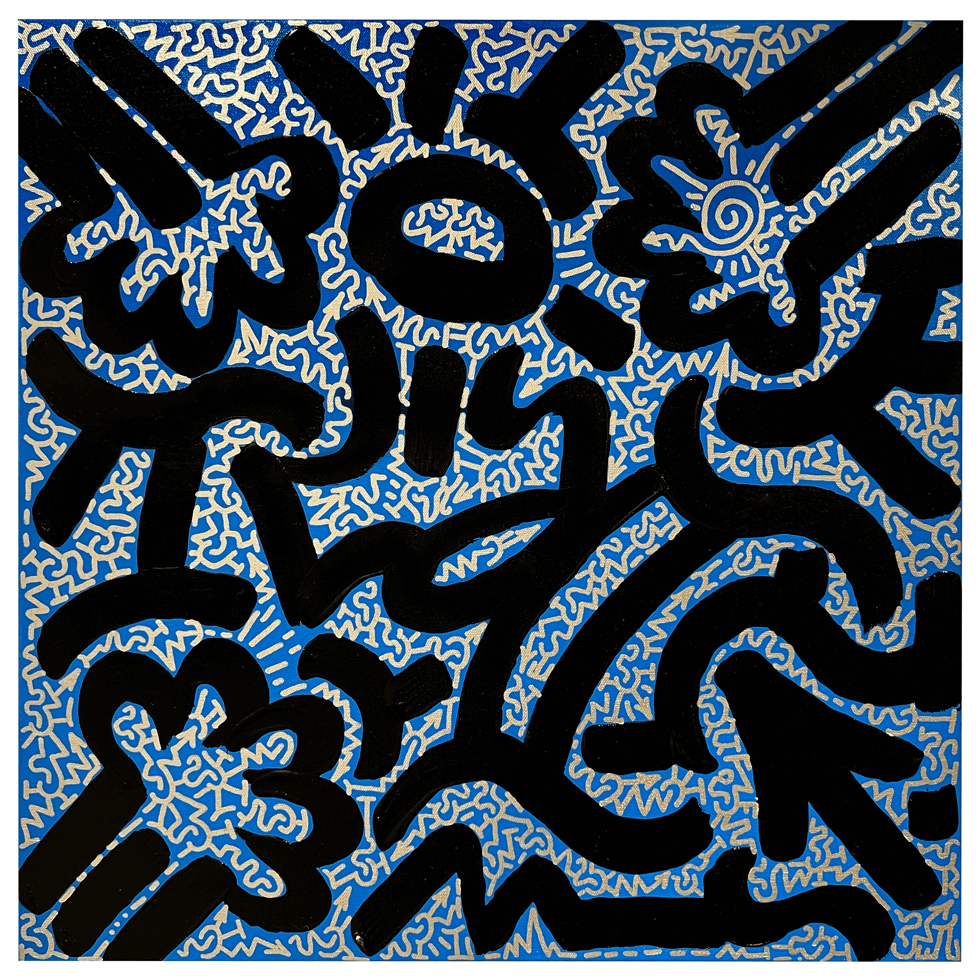
Courtesy of the artist and D’Stassi Art
I remember one day that my teacher was so mad that I was missing so much school that Keith offered to write a letter to my teacher telling them that I should be excused from class as I was painting with him and another time, Andy wrote a letter to my teacher telling them that I should also be excused from class because I was painting with him, and he tagged the letter with a pair of shoes under his name.
I know the Haring letter was auctioned off a few years ago, but I am not sure what happened to the Andy one. The only similarity between the old days and now is that we are all looking to see how prolific our tags could get; back then, we tagged up the trains and walls to get our name out there; today, artists use social media to get their names out.
Q: They say the studio is the sacred temple of creativity. What are three things you can’t live without in your studio?
Angel Ortiz (LA II): The three things in my studio that I can not live without are paint, markers and canvases, and yes, I still make my own markers using Pilot ink from a small jar and an empty metal cylinder marker with a tip. I wish I had used a mask back in the day and recommend that young artists use a mask when spraying paint and using markers.
Q: What’s next for Angel Ortiz?
Angel Ortiz (LA II): My goal is to do two shows a year spread out every six months. I like that my art is in public institutions and permanent collections of museums so everyone around the world can enjoy, like The Whitney, MOCA, Museum of Graffiti, Museum of Fine Arts in Boston, Bel Air Museum, Musee d’ art moderne de la ville de Paris & Pepperdine University. I want to do another museum show in the future.

Courtesy of the artist and D’Stassi Art
Q: Lastly what does art mean to you?
LA II: Art is Love
©2022 Angel Ortiz (LA II)


